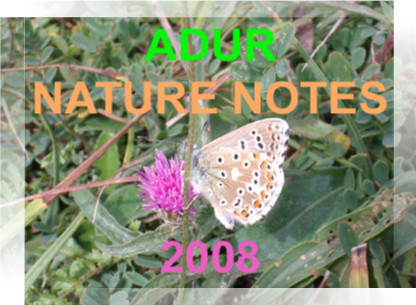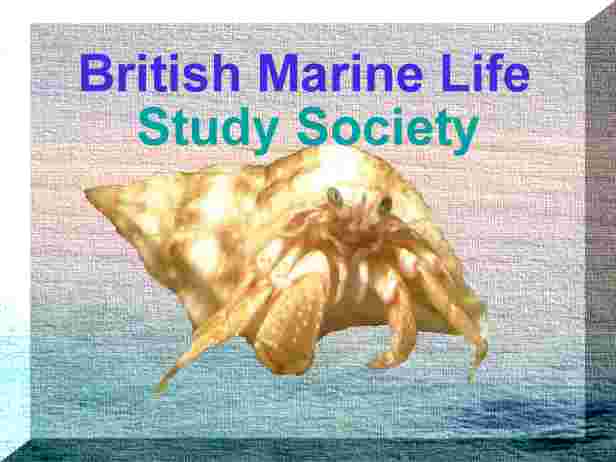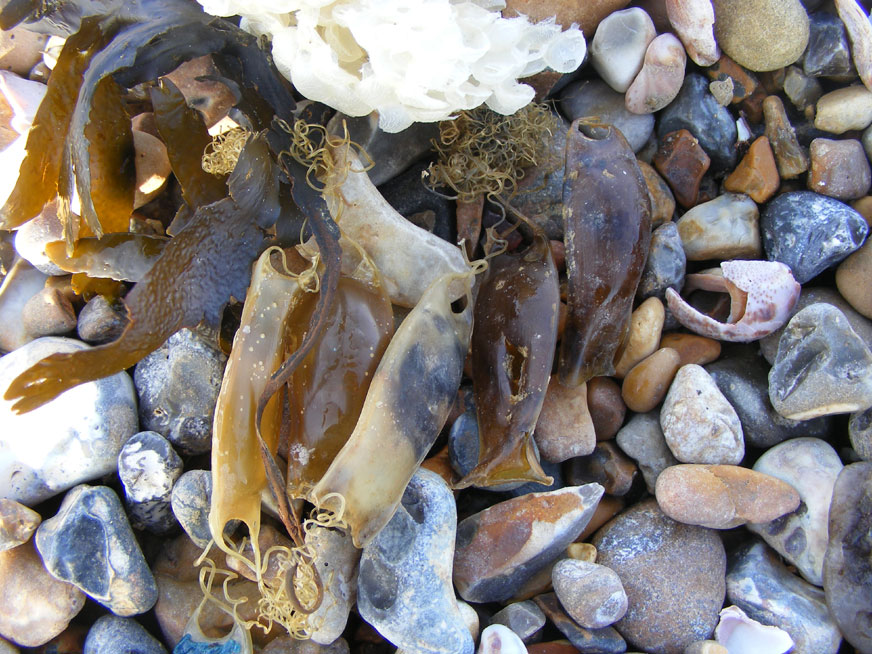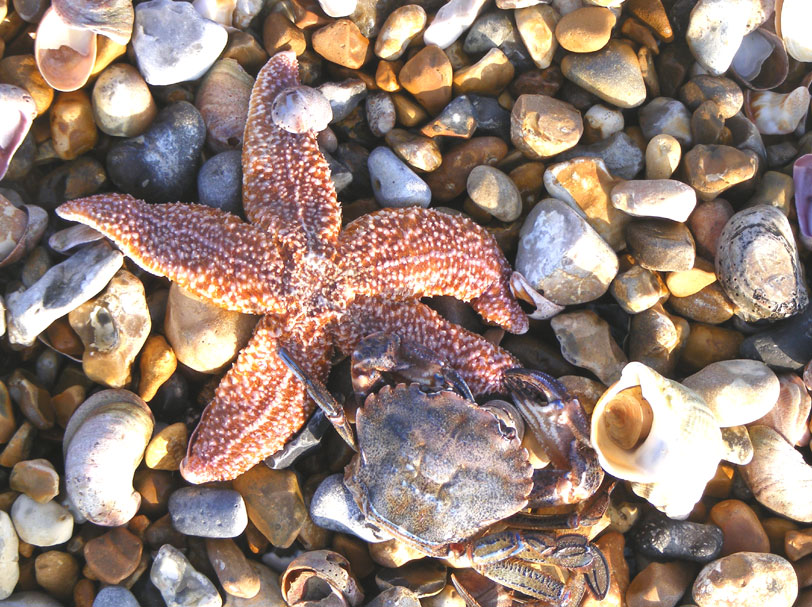|
Overview
EVENTS
Wildlife
Reports
Adur
Coastal & Marine Reports 2009
28
March 2013
Three
Harbour Porpoises,
Phocoena phocoena,
were seen off Seaford Esplanade (Splash
Point).
11
March 2012
At
least Bottle-nosed Dolphins, Tursiops
truncatus, (three
adults and a young one) were seen swimming east past Ferring
at 11.15 am.
23
November 2011
An
unprecedented pod of over seventy Bottle-nosed
Dolphins, Tursiops truncatus, swam
and leapt around David Lambert's
fishing boat, 12 miles off Brighton,
East
Sussex. This world not be exceptionally
newsworthy to the south and west of the British Isles, but off Sussex this
is an unusual sighting, even more so during winter.
9
November 2011
A
White-beaked
Dolphin, Lagenorhyncus albirostris,
was observed by surveyors
bow-riding
their vessel about 15 miles south of Worthing. We had a small group of
White-beaked
Dolphins sighted some miles off shore between
Eastbourne and Dieppe back in April
this year. This species often bow-rides so it is interesting that both
local sightings of these dolphins were bowriding. This
species is not normally recorded in the English Channel.
BMLSS
Cetaceans
Whales
& Dolphins in British Seas
25
October 2011
A
waterspout
was photographed off Bexhill,
East Sussex.
7
October 2009
A
3.7 kg (8 lb) European Lobster,
Homarus
gammarus (= H. vulgaris), measured
75 cm (2 ft 6 in) in length was caught in fisherman's pots off Hastings
and given to the Blue Reef Aquarium in
the Sussex town.
BMLSS
Lobsters
15
December 2008
A
Harbour
Porpoise,
Phocoena phocoena, was
washed up dead on the beach by Brooklands Boating Lake, east Worthing near
the Lancing border. It was 1.5 metres long (adults attain a length of 2
metres).
BMLSS
Cetacea
A gathering
of forty Crows
alerted me to a small wreck of Starfish,
Asteria
rubens, of several hundred were washed
up on the strandline opposite the Burrells
road. There were a frequent egg cases of
the Lesser Spotted Dogfish, Scyliorhinus
canicula, a few Whelks,
Buccinum
undatum, as well as the usual wreck
of seaweed
and Slipper Limpets, Crepidula
fornicata. Out at sea there was a
raft of about 200 of the smaller Gulls
resting on the surface of the sea, 30 metres or so offshore.
31
October 2008 & 1 November 2008
Bill
Carter spotted a Common
(or Harbour) Seal,
Phoca
vitulina, at Peacehaven (East Sussex).
He first spotted the seal at 2:00 pm
as he cycled along the Peacehaven undercliff promenade on a warm
sunny afternoon with a calm sea and the seal basking on the groyne.
Bill
returned the following day and the seal
was still there. The seal seemed more cautious and slipped into the sea
which was right up to the groyne as it was high tide.
The undercliff walk was quite busy with walkers and so the seal
may have been disturbed by someone trying to get to close to it. It popped
up a few yards offshore then dived again and appeared a hundred metres
or so offshore, where it stayed for the quarter of an hour or so that Bill
was there. It did occasionally dive for some lengths of time so it may
have been feeding.
Sussex
Marine Life Jottings (by Steve Savage)
This
blog contains a full report with photographs
Bill
Carter's "Faces of Sussex" Photographic Gallery
22
October 2008
An
adult Common (or Harbour) Seal,
Phoca
vitulina, was hauled out on the bank of
the River Adur
bank near the Shoreham Airport, at 3.00
pm. A passer by said they saw the seal
swim further up the estuary. The sighting occurred
about an hour before high tide.
BMLSS
Seals
5 October
2008
My
family and I watched a Common (or Harbour)
Seal, Phoca
vitulina, off shore at Pevensey
Bay in the evening, spending quite a bit of time under water and seemingly
enjoying itself. It is not the first time it has been seen this year at
the same spot, but I can't help wondering where it had been during the
rough weather in the morning. The first time I have seen a seal
there in 37 years.
 |
20
September 2008
These
large acorn barnacles were seen on rocks along side the Newhaven Harbour
Arm. I think they are Balanus
perforatus. This
is a southern species that is found on the coasts of Devon and Cornwall
and not usually recorded east of the Isle of Wight.
|
17
August 2008
Nine
potentially Portuguese Man-o'-War, Physalia
physalis, were washed up on the West Sussex coast. The creatures,
which can give a nasty sting, were found on beaches at Bracklesham
Bay, East Wittering, West Wittering and Selsey.
Portuguese
Man-o'-War are a jellyfish type type of colonial
hydroid that are washed up on western shores and sometimes on the English
Channel coast in small numbers in some (less than half) years.
BMLSS
Jellyfish and other Medusa
BMLSS
Portuguese
Man-o'-War
Sussex
Report 2000
June
2008
A
rare female Marbled Electric Ray, Torpedo
marmorata, was captured in a trawl
net by Worthing fisherman Brian Davey about
eight miles off Shoreham-by-Sea, Sussex.The
ray which was about 60 cm long and can deliver a 220 volt electric shock.
It was kept alive found a home at Brighton
Sea Life Centre.
Shoreham
Herald News Report
This
is the rarer of the two electric rays recorded in British seas and is extremely
rare off Sussex. This fish can grow up to 60 cm in length. It is not known
to breed in British seas and fish are likely to have migrated up the English
Channel in summer.
BMLSS
Sharks & Rays
Sussex
Rare Fishes
BMLSS
News Reports Spring 2008
15
June 2008
A
seal
was spotted in the River Adur lower estuary,
first of all on the Sussex Wharf side of the river in the early evening
from 8:30 pm.
It then swam over to the scrapyard side (east of Monteum, where the fishing
boats moor up and unload fish) and was seen for 45 minutes chasing after
the fish in the river. The most likely species is the Common
(or Harbour) Seal, Phoca
vitulina. The tide height at 8:30
pm was 4.4 metres.
BMLSS
Seals
14
June 2008

Venue:
Coronation
Green, Shoreham-by-Sea
Admission:
FREE
| Adur
was one of the UK leaders in presenting an environmental exhibition of
World
Oceans Day on Coronation
Green, Shoreham-by-Sea,
as
part of the Adur
Festival |
12 May
2008
Even
more perfect conditions, a bit cooler and no breeze and only the occasional
rogue swell from a passing ship, my Brown
Shrimp, Crangon crangon,
haul at Southwick Beach was about two pints.
Other notable captures in the shrimp nets not recorded before this year
were one large fully grown 5-Bearded Rockling,
Ciliata
mustela, (which looked very much like a 3-Bearded
Rockling, Gaidropsarus vulgaris,
until the beards were counted), one juvenile Dragonet,
Callionymus
lyra,
a few very small swimming
crabs Portumnus
latipes, one South-clawed
Hermit Crab,
Diogenes pugilator,
in a Sting Winkle
shell, and a colourful Little Cuttle Sepiola.
Full
Report
BMLSS
Crabs of the Seashore
BMLSS
Shrimping
11
May 2008
Perfect
shrimping
conditions were encountered on the morning low tide at Southwick
Beach (1.2 metres
at 10:40 am)
on a sunny hazy day with an air temperature of 22.1
°C and a gentle swell. The haul included
plentiful Brown Shrimps, Crangon
crangon,
with all three shrimpers
getting more than enough for a meal each in under an hour, one fully grown
Lesser
Weever,
Echiichthys
vipera, and a few small ones, a few
small Solenettes
(Slipper
Soles),
Buglossidium
luteum, a few Vernal
Crabs, Liocarcinus
vernalis, one damaged (missing a claw)
Masked
Crab, Corystes cassivelaunus,
and
two
green Shore Crabs, Carcinus
maenas.
5 May
2008
On
Bank
Holiday Monday, it felt warm for the first
time this year as the temperature reached 20.0
°C at midday.
The wind was from the north, veering to the south-east and falling to Force
2 by the low spring tide.
Shoreham
Weather
My
first
shrimping expedition
of the year at Lancing produced a moderate
amount of Brown Shrimps, Crangon
crangon, plus one Lesser
Weever, Echiichthys
vipera, one small Solenette
(Slipper
Sole),
Buglossidium
luteum, two Vernal
Crabs, Liocarcinus
vernalis, and two South-clawed
Hermit Crabs,
Diogenes pugilator,
amongst more weed than is usual at the beginning of May.
24
April 2008
A
Short-snouted
Seahorse*,
Hippocampus
hippocampus, was discovered on the
filtration plant at Shoreham Harbour. It was alive when found but died
shortly afterwards. (*assumed to be this species)
Report
by Peter Talbot-Elsden
BMLSS
Seahorses
21
March 2008
A
summer plumaged Black necked Grebe
was seen offshore at Ovingdean in the early evening with the first winter
female Surf Scoter
still present at dusk. Also a couple of Red
throated Divers and Great
Crested Grebes were observed on the sea.
The
Birds
of Sussex web site (hosted by Ian Barnard) is dedicated to all
aspects of Birds and Birding in the County of Sussex. It contains a database
of birds seen in Sussex. For the commoner species a link is provided to
photographs where available.
17
March 2008
After
the storms and the report
of a mass stranding of Common Starfish,
Asterias
rubens, on Brighton Beach, I inspected
the strandline on Shoreham Beach. All along
the strandline there was a greater number of hundreds of thousands of Slipper
Limpets and tens of thousands of Whelk
egg balls
amongst the usual mixed shell
collection including Whelks
and Oysters and
frequent lumps of Tertiary Lignite (sea
coal). One Undulate
Ray eggcase looked in good condition and
was placed in an aquarium in case the embryo was still alive. There
were a few dozen dead Starfish
at the Old Fort, but not the hundreds reported from Brighton
beach.
To qualify
as nationally newsworthy a Starfish
stranding must be in tens of thousands.
Starfish
on the beach in Kent (March 2008)
BMLSS
Common Starfish
BMLSS
Oyster & the Slipper Limpet
5 March
2008
Two
Ravens
were seen in the smaller car park at West Breakwater, Newhaven
(TV 447999)
attracted
by the gulls creating a commotion following a man emptying a bag of bread
onto the ground. The Kittiwake
colony to the west of Newhaven
Fort contained about 40 birds.
Raven
Image
Kittiwakes
Image
February
2008
Up
until now it has been assumed that the Common
Seals, Phoca vitulina,
that we see along the Sussex coast are either from the Wash area or from
the Chichester colony. Grey Seals,
Halichoerus
grypus,
have been assumed to come from either further west or east. However a Common
Seal tagged in 2007
by the University of Rochelle crossed the English Channel and swam east
along the Sussex coast.
4 February
2008

After
the recent storm there was a mass stranding
on Lancing Beach east at low tide.
I braved the chill westerly breeze and found the usual 'Mermaid's
Purses' Dogfish Eggcases
(including three with embryos seen inside), Ray
Eggcases, orange
and white sponges, Whelk
shells and eggcases Buccinum, and
also hundreds of dead sea
anemones, including dead and alive Snakelocks
Anemones, Anemonia
viridis. and larger Dahlia
Anemones, Urticina felina.
Adur
Coastal 2008
23
January 2008
Two
'Mermaid's Purses',
containing the eggs or young of the Lesser-spotted Dogfish,
Scyliorhinus
canicula, were found lying amongst the timber
and seaweed debris on the strandline of Shoreham
Beach.
22
January 2008
A dead
Short-snouted
Seahorse,
Hippocampus
hippocampus, was discovered by Craig
Vernoit on Brighton
Beach just to the east of Brighton
Marina amongst tonnes of timber
from the Greek-registered Ice Prince.
BMLSS
Seahorses
21
January 2008
Timber
from
the Greek-registered Ice Prince,
which sank about 26 miles (42 km) off Dorset after a storm on 15
January 2008, began getting washed up on Worthing
Beach in the evening of 18 January 2008
and
and tonnes of pine planks littered the
Sussex
beaches from 20 January 2008. The
usual debris was on the
strandline including
the eggcase of an Undulate Ray, Raja
undulata. It measured 67 mm long and 48
mm wide.
A
Bottle-nosed
Dolphin, Tursiops truncatus,
was
washed up dead west of Brighton Marina.
BMLSS
Eggcases
BMLSS
Whales & Dolphins (by Steve Savage)
Adur
Coastal 2008
6
January 2008
A
Common
Seal,
Phoca vitulina,
was spotted in the River
Ouse near Lewes.
Link
to the Sussex Marine Life Reports for 2007
World
Oceans Day web page
Marine
Life of Sussex 2006
Sussex
Sea Fisheries District Committee
Adur
Coastal 2007
|
























